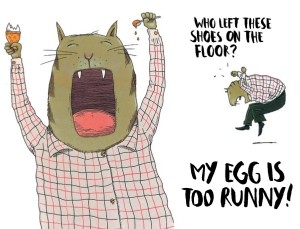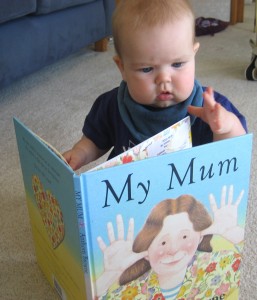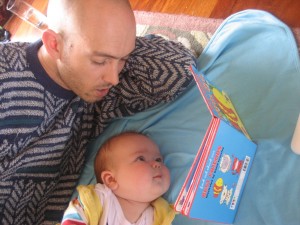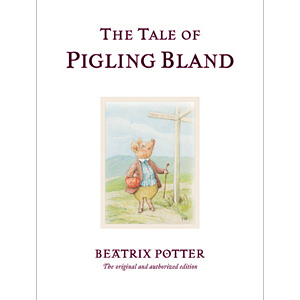The imagination of the good artist or thinker produces continuously good, mediocre, and bad things, but his judgment, trained and sharpened to a fine point, rejects, selects, connects… All great artists and thinkers [are] great workers, indefatigable not only in inventing, but also in rejecting, sifting, transforming, ordering. Nietzsche
Imagine, a new book by Jonah Lehrer – author of Proust was a Neuroscientist – is about creativity and the brain. Lehrer believes that creativity is our natural state and, like Neitzsche, he stresses the role of synthesising:
The synthesizing mind takes information from disparate sources, understands and evaluates that information objectively, and puts it together in ways that make sense… the capacity to synthesize becomes ever more crucial as information continues to mount at dizzying rates.
Perhaps synthesising is another word for the endless mulling, rewriting and editing that writers go through. David Ogilvy was one of the original 1960s ‘ad men’ referenced in TV’s Mad Men. He described the creative process of writing advertising copy as ‘a slow and laborious business’ of redrafting and editing (read his full letter here).
Does the ‘dizzying’ internet make us more creative? In a fascinating essay about the brain and computers, Jim Holt argues that while the internet sharpens many cognitive skills, it may be the enemy of creativity. The problem is that the web can be distracting (rather than reflective) for the brain and it barely engages with deeper levels of thought. Holt calls Google a ‘memory prosthesis’. That might be true but it does make synthesising a blog a lot of fun.
Talent develops in tranquility. Goethe
More: editing; and writing and computers






